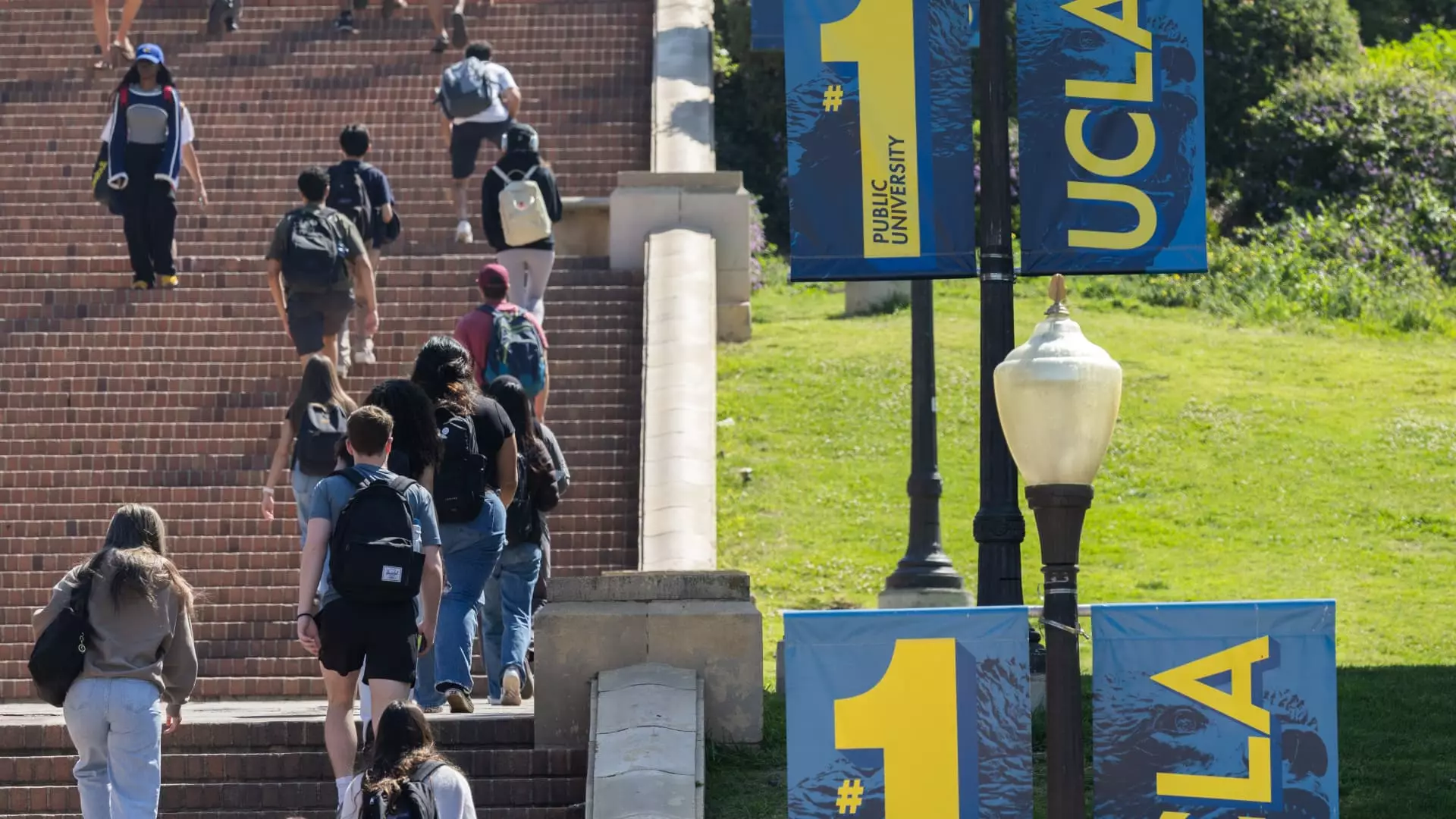For decades, the dream of higher education has been perceived as a vital pathway to a brighter future. However, beneath this aspirational veneer lies a much darker truth: higher education has become an increasingly unaffordable nightmare for many American families. While colleges have consistently patted themselves on the back for providing quality education, they have simultaneously fueled a reckless escalation of costs that far outpaces inflation and real economic growth. Institutional greed and complacency have resulted in rising tuition fees, often crossing the $100,000 mark at elite institutions, leaving ordinary families drowning in debt or forced to make devastating financial sacrifices.
This escalation isn’t merely about better facilities or academic resources; it’s rooted in a systemic failure to control expenditures and accountability within higher education. Universities, driven by the lure of profit rather than public service, have created an environment where escalating costs are the norm, not the exception. Meanwhile, the federal aid system, which should act as a counterbalance, has failed to keep pace, leaving families with a false sense of financial security until the bills arrive. The confidence gap—where parents believe they are prepared for college expenses but are blindsided once tuition statements come—illustrates a profound disconnect between perception and reality created, in part, by institutional opacity and policymaker complacency.
The False Promises of Financial Aid and Scholarships
In theory, scholarships, grants, and federal aid are supposed to level the playing field, making higher education accessible regardless of income. Yet the reality often contradicts these noble intentions. Only a fraction of families actively pursue scholarships—less than two-thirds—thus leaving millions on the table. The average amount received from scholarships is relatively modest, about $8,000, which does little to offset the ever-increasing costs. Moreover, the reliance on student loans, which now comprise a significant chunk of college funding, is a ticking time bomb. Borrowers graduate with debt burdens that can stifle their ability to contribute meaningfully to the economy or start families.
On top of this, many families overlook or misunderstand financial aid opportunities—an ignorance compounded by a lack of awareness about tools like 529 college savings plans. Despite their proven tax advantages and broad potential use, fewer than one-third of families utilize them, and a staggering number remain entirely unaware of their existence. This gap highlights a critical failure not just of financial literacy but of the entire higher education financing structure. It’s as if families are expected to navigate a complex, opaque labyrinth with little guidance, often resulting in missed opportunities and prolonged financial hardship.
The Flawed System and the Urgent Need for Reform
The broader systemic issues extend beyond individual families. The current structure incentivizes higher tuition fees, fosters corporate ties with universities, and hampers transparency and accountability. Educational institutions are increasingly driven by enrollment numbers rather than genuine educational outcomes, perpetuating a cycle of rising costs. Meanwhile, federal aid programs have stagnated, often failing to reflect the real increase in living expenses, let alone the cost of education itself.
Policymakers have a moral obligation to confront this crisis head-on. Relying on piecemeal solutions like expanded loans or minor tweaks to financial aid policies does little to address the root causes. Instead, comprehensive reforms are necessary—greater transparency on college costs, stricter accountability for spending, and incentivizing affordability initiatives. Additionally, there must be a recognition that higher education is not the only pathway to success. Vocational training, apprenticeships, and community colleges should be elevated as credible, cost-effective alternatives that can equip young people with valuable skills without plunging them into lifelong debt.
Finally, public awareness campaigns around financial literacy and the strategic use of savings plans must become integral to the conversation about college affordability. The failure to recognize the real costs and available resources sets students and families up for disappointment and financial despair. These issues cannot be relegated to the sidelines—they demand urgent, bipartisan action rooted in fairness, accountability, and a commitment to rebuilding trust in the higher education system.
Confronting the Systemic Failures and Charting a New Path Forward
It’s clear that current trends threaten the fundamental promise of higher education as a ladder to opportunity. Instead of perpetuating this cycle of rising costs and financial hardship, society must critically examine the institutions and policies that drive these trends. A renewed focus on transparency, affordability, and alternative career pathways offers the best hope for reversing these damaging patterns. Without decisive action, higher education risks becoming an elitist privilege rather than a universal right—undermining the very fabric of our democracy and economic stability.

